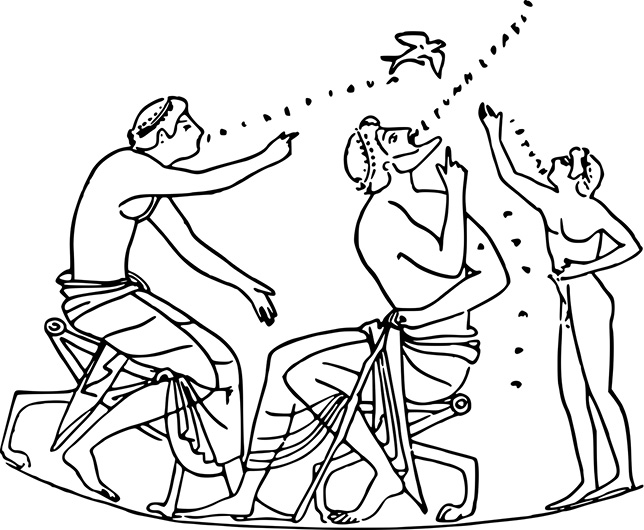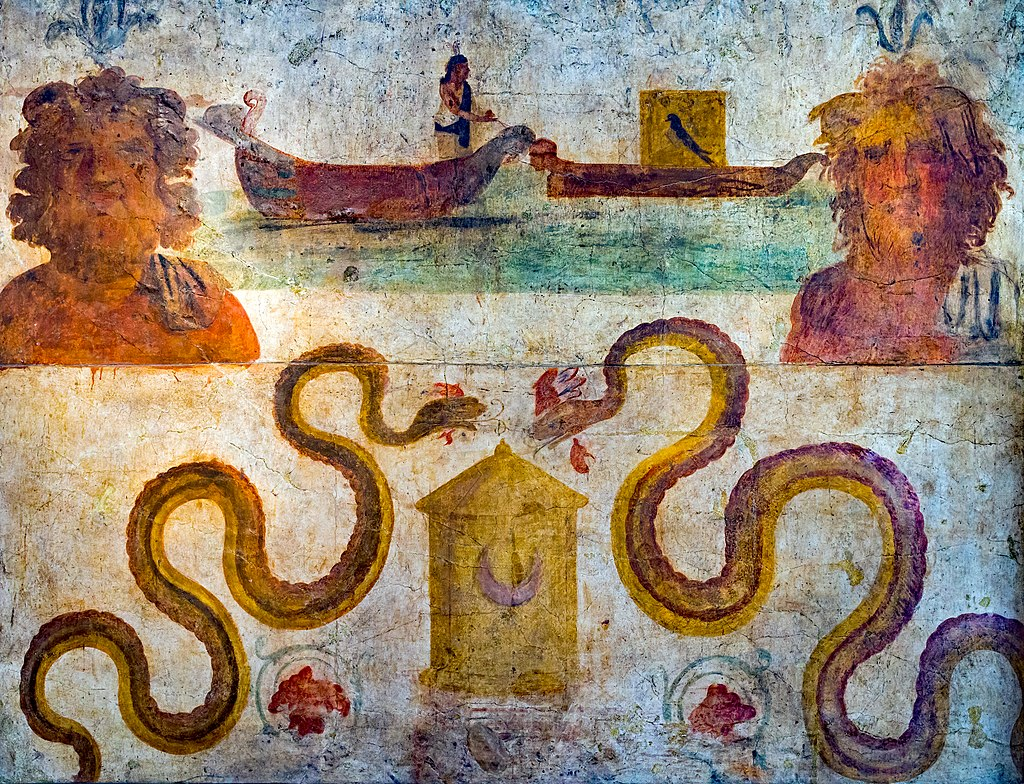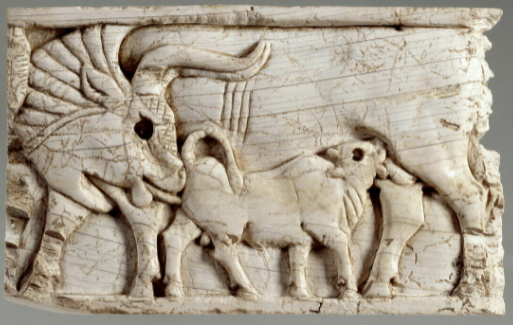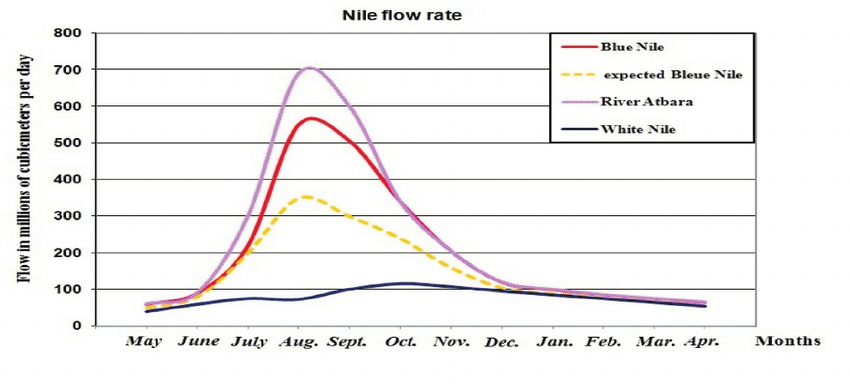A swallow tattoo means 5000 nautical miles a sailor has traveled. For regular seamen, this is about 5,750 miles (ca. 9,254 km).
This article is about swallows as animal calendar markers for the beginning of the sailing season in Ancient Rome, about Isis, as the goddess of the sea, and about the climate change...and roses...
A group of children, somewhere in Greece, holding wooden spinners decorated with flowers, with a model of a swallow on a spindle, acting as a weathervane. They are getting ready to sing the "swallow song", a song welcoming swallows as the heralds of spring...
You can actually hear the children singing the "swallow song" in this documentary:
Χελιδονίσματα στο Σιτοχώρι Σερρών την 1η Μαρτίου 1967
This is an ancient custom. In "Cultural responses to the migration of the barn swallow in Europe" by Ashleigh Green we can read that:
Athenaeus of Naucratis (3rd c. CE) writes that after the first swallow was spotted, the Rhodians would hold a festival.
During the festival the Rhodian children would sing:
He comes! He comes!
Who loves to hear
Soft sunny hours, and seasons fair:
The swallow hither comes to rest
His sable wing and snowy breast.
The children then ran to different houses and "played the swallow", demanding food.
Ashleigh Green then goes on to talk about animal calendar markers 🙂 without knowing that she is talking about animal calendar markers: "In ancient times, people did not rely on calendars or clocks to tell them the time or the passing of the seasons..."
"...They watched and listened to birds. Cockcrow heralded sunrise and roused them from sleep; cranes migrating told them it was time to sow; and swallows returning from worlds unknown told them spring had arrived."
And then she says: The sailing season was also marked by the swallow’s return. Taking the swallow’s appearance as their cue, centuries of Greek poets sang to sailors to weigh anchor and unfurl the sails...the swallows are here. Winter storms have passed, it is time to go to sea.
These poems are written by Leonidas, Antipater of Sidon, Marcus Argentarius, Thyillus and Agathias Scholasticus respectively, and although they stretch from the third century BCE to the sixth century CE, they are almost identical in form and substance.
Such evidence suggests that swallows truly were linked as closely to sailing as to spring. The spring wind was even called chelidonia after the swallow, and Horace suggests that the swallow actually helps to calm the sea...Very interesting...Why would people believe such a thing?
Cause the return of the swallows from Africa in Mar/Apr and their nesting in Apr/May coincides with the change of wind. Sun, heating up the Eastern Mediterranean, creates an updrift, which sucks the cooler air from Europe to start streaming southward, creating the etesian winds.
This table, from a South Aegean Yachting site, gives directions of the prevailing winds in Aegean sea during the sailing season: Apr-Oct...Even today, with much better boats, this is the safe sailing season...
I talked about Etesian winds and the sailing in the Eastern Mediterranean in this post about "Three sacrifices" performed during the Trojan war.
7th c. BC Mykonos pithos. It contains the oldest depiction of the Trojan Horse, the way Homer described it in Iliad
So, swallows return, start nesting, it's time to go sailing...Another animal calendar marker embedded into mythology. Swallow was apparently a holy bird of Isis, who also apparently, had a control of the sea, and was the goddess people prayed for calm waters and good winds...
Marisa Marthari in "From swallows to figure-of-eight shields: detecting the substrate of ideas behind the depiction of the swallow in Theran and South Aegean iconography" tells us this about swallows and sailing:
The swallow was also associated by the Ancient Greeks, and the Romans, with "euploia" (a pleasant voyage). Indeed it is attested that during the Roman festival Navigium Isidis, the festival in honour of Isis for good sailing, the devotees held models of swallows...
The Navigium Isidis was an annual Roman religious festival, held on March the 5th, in honour of the goddess Isis, when people prayed for the safety of seafarers and then a model of a ship was carried in a procession from the local Isis temple to the sea or to a nearby river...
This is a fresco from the sanctuary of Isis in Pompeii, currently in the Museo Archeologico Nazionale, Napoli. It depicts cista mystica between two snakes (similar to a lararium) and above it navigium Isidis (boat of Isis) on the left and another boat with a swallow in it...
Why did sailors pray to Isis for calm seas and good winds? In the article entitled "Isis, goddess of the seas and the Navigium Isidis, Celebrate the beginning of the maritime season with Isis" by Rhakotis Magazine we can read:
By the Roman period, Isis has become the predominant sea goddess to such an extent that her festival marked the official beginning of the sailing season across the empire. This seems strange when we consider the fact that Egypt was not known for its maritime prowess.
River sailing was an important aspect of its society and economy for millennia. Indeed, the sail may have first emerged from Egypt, with south blowing winds powering ships up the Nile against the current. Yet Egypt did not really have any sea gods for much of its early history.
It was perhaps outside of Egypt that the association of Egyptian gods and the sea first began. Byblos was an important trade center with Egypt for centuries. A text from the Middle Kingdom calls Hathor "Mistress of Byblos [who] holds the rudders of barques" (!!!)
During the New Kingdom Isis took over more and more functions of Hathor, ultimately becoming the predominant goddess in the Egyptian pantheon. About this time, she also became the Egyptian goddess in Byblos, "taking over" Hathor’s maritime goddess role.
Very interesting...
I talked about Hathor as a deified animal calendar marker for Apr/May, the beginning of the calving period of the the wild Eurasian cattle in my post "Cow and calf ivory". Which is exactly when etesian winds start blowing in the Eastern Mediterranean...
Speaking about sailing in ancient Egypt, in the "No easy option: Nile versus Red Sea in ancient and medieval north-south navigation" by John P. Cooper there is some interesting data about sailing on the Nile:
Navigating the Nile was fundamentally a seasonal occupation, closely tied to the cycle of the flood. Changing water levels meant variable navigability in the river channel, especially for larger cargo vessels. The optimal time for sailing was during the height of the inundation.
Even in the main channel of the Nile, water levels effected navigability. A dwindling river made sand banks an increasing hazard, threatening not only to block a vessel’s passage, but also to trap it and, at worst, capsize and wreck it...
By happy coincidence, it is also during this high-Nile season that the maxim of ‘current from the south, wind from the north’ is most valid. The Nile valley and the Nile Delta are subject to two quite different wind regimes.
In the Nile valley, northerly winds blow year round because of the cyclonic highs that sit over the Sahara desert year round...
In the Delta, northerly winds blow only during the summer...because the Delta is under the influence of Mediterranean weather systems...
And so, if you wanted to sail up the Nile delta and then further up the Nile river, you had to wait for Hathor, the holy cow to give birth to a holy calf in Apr/May. And then when the water level of the Nile starts to rise, in Jun/Jul, catch the northerly wind and sail south...
So is this why Hathor was associated with sailing and was the Goddess "who holds the rudders of barques"? And why Isis, Hathor's replacement, was known as the Goddess "that opens the seas"?
For the end I want to ask two questions:
Why was Navigium Isidis celebrated on the 5th of March, when all the old Roman texts tell us that the safe sailing season in the Mediterranean was Apr to Oct? In Ships and Fleets of the Ancient Mediterranean, J. Rouge summarised the problem of winter navigation as follows:
Vegetius (fourth century AD) says that the seas were (generally) closed between Oct/Nov and Apr/May
So why were the Romans opening the seas on the 5th of March then? Maybe some people sailed in March too? Well, yes, they did. The above quotes are from the article "Mare Clausum? Sailing Seasons in the Mediterranean in Early Antiquity" by Oded Tammuz.
And in this article, Oded Tammuz goes on to propose that even though the main sailing season in the Mediterranean was Apr to Oct, the sea was never really closed. Here are 5th century BC Egyptian customs records, noting down ships that arrived to the Elephantine harbour.
We also have many Roman sources which say that opportunistic captains would sail outside of the main sailing season, because the gains that could be made were very high. But so were the risks...I wonder how many Mediterranean shipwrecks are ships trying to sail the closed seas?
Romans started celebrating Navigium Isidis, around 100BC. Now I wonder if the reason why the Romans celebrated the opening of the seas at the beginning of March, was because the Mediterranean sea was around 100BC indeed fully navigable in March. Due to climate change...
This chart shows polar temperature variation in last 10,000 years. We can see that the temperature has been going up and down madly all the time. And one of the big temperature spikes, which centres around 100BC, when Navigium Isidis became a thing, is marked as Roman warming.This warming must have affected the weather in Mediterranean. Making sailing safe a month earlier, in March? I think so. Which is why Navigium Isidis was celebrated on the 5th of March...
And here I come to the second question: Are there any roses blooming in Italy and Greece on the 1st of March?
Why am I asking this? Because, according to Lucius Apuleius, who in the 2nd c. AD wrote "The Golden Ass", roses were already blooming on the 5th of Mar during his time.
The Golden Ass is a story about certain Lucius, who drank a magic potion which accidentally turned him into an ass. He spends the rest of the book trying to turn back into a man. Finally, he succeeds on the day of Navigium Isidis...
The night before the festival of the opening of the seas, Lucius, still an ass, is on the seashore watching the moon emerging from the sea. He prays to Isis to turn him back into a man.
He then falls back to sleep, and dreams (has a vision) of the goddess herself emerging from the sea. She tells him tomorrow there will be a festival "when the ocean’s storm-blown waves are calmed".
And then she tells him: "My priest...will be carrying in his right hand as part of his processional equipment a sistrum wreathed with a garland of roses...Approach the priest and...gently take a bite of the roses".
Here is a fresco from the Temple of Isis in Pompeii depicting priestesses of Isis holding a sistrum...Currently in the Naples National Archaeological Museum.
And so, on the morning of the 5th of Mar in the middle of the 2nd c. AD, an ass turned into a man on the streets of Corinth after eating a rose. Just like the Goddess Isis told him it would happen...
Today, in Italy and Grece, as far as I know, roses start blooming in Apr/May. Maybe (big maybe) you can find them blooming at the end of Mar. But, it is very unlikely, that a donkey wandering around Corinth on the 5th of Mar today would be able to find a blooming rose and eat it.
Yet Lucius Apuleius wrote that donkey ate a rose on the day of the opening of the sea, and no one batted an eyelid...Like of course, why wouldn't it? Roses are already blooming in and around Coritnh at the 5th of March. Everyone knows that...
Interesting right? Roman warming? Also, did you know that equids (horses and asses) start mating in Apr/May, at the beginning of the "safe sailing season"? Interestingly, all Eastern Mediterranean sea gods seem to be obsessed with horses...I talked about this in my post "Trojan horse"...
A type of merchant ship which had horse figurehead on its prow and which Greeks called "hippos" (horse), and used for delivering tributes...
And finally...I wonder if all this assing around in Golden Ass is kind of symbolic, in a calendaric kind of way? Maybe someone should look into it...That's it...That's all I have to say about that...
Thank you an I hope you enjoyed this meandering article, originally published as an X thread.




















No comments:
Post a Comment